
Cookie Bite Hearing Loss: Clinical Interpretation
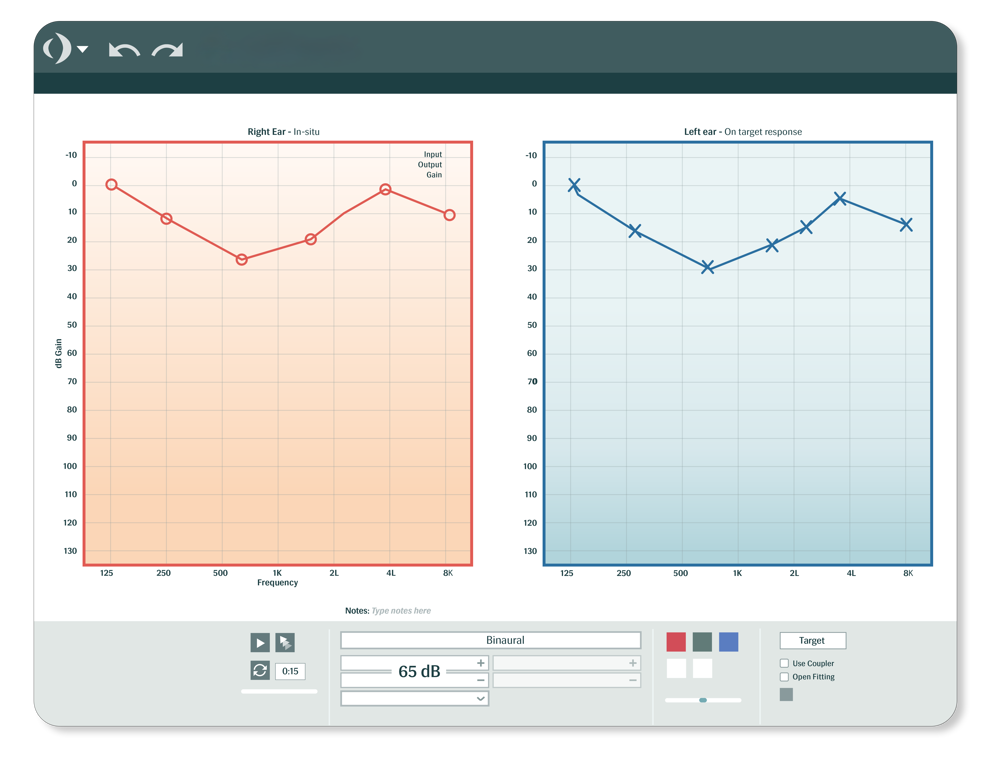
Cookie bite hearing loss, characterized by a dip in mid-frequency hearing, presents unique challenges for both audiologists and their patients. Understanding the intricacies of this mid-frequency sensorineural hearing loss (MFSNHL) type is fundamental to devising effective intervention strategies. This pattern of hearing loss is described as such due to its “cookie-bite” or u-shaped appearance on an audiogram. Birkenbeuel et al. (2019) define this hearing loss as a 1000, 2000, and 4000 Hz pure tone average (PTA) >10 dB HL above the average threshold at 500 and 8000 Hz. This configuration of hearing loss is quite rare, accounting for only 0.7 – 1% of all sensorineural hearing loss cases.
Diagnosing a MFSNHL, or cookie-bite, hearing loss is performed similarly to other hearing loss types. Pure tone audiometry should be performed with masking, if indicated, to determine the nature and severity of the loss. While any MFSNHL can be described as a cookie-bite, clinicians can keep the above definition in mind.
Etiology: Unraveling the Causes of Cookie Bite Hearing Loss
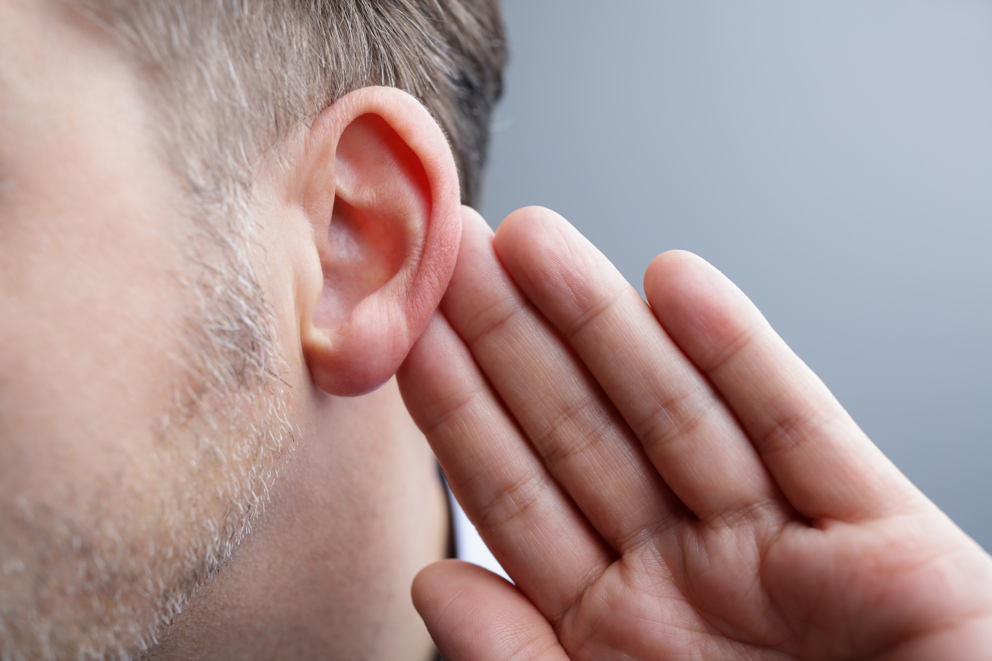
Identifying the root causes of cookie bite hearing loss involves a comprehensive examination of both common factors such as genetic predispositions and rare contributors like ototoxic medications. Most often, MFSNHL, or a cookie-bite hearing loss, is caused by a genetic mutation, with the most frequent being the TECTA gene. Other genes have been known to cause MFSNHL and include COL11A2, CCDC50, and EYA4.
Other causes may include other dominant non-syndromic genetic, or familial, deafness, congentialcongenital deafness caused by Turner’s syndrome, and small vestibular schwannomas. While uncommon, a cookie-bite hearing loss may often present suddenly, as in idiopathic sudden sensorineural hearing loss, head trauma or infection.
Identifying key symptoms for early detection
Early detection is paramount in addressing cookie bite hearing loss effectively. Recognizing subtle symptoms such as difficulty understanding speech in noisy environments can lead to timely intervention.
In post-lingual cases, MFSNHL starts off mild, and it may be difficult to recognize at onset. It does, however, affect frequencies important for speech understanding, so difficulty hearing in noise is often the first sign of a problem. Additionally, depending on etiology, MFSNHL may be accompanied by tinnitus, or sounds in the ears, or dizziness.
Individuals should see their audiologist or ear, nose, and throat (ENT) doctor if any of these symptoms are noticed. Due to the genetic etiology of most MFSNHLs, it's advisable to undergo a hearing test if a close family member—such as a child, parent, or sibling—receives a diagnosis of cookie-bite hearing loss.
Progression and variants of cookie bite hearing loss
Is cookie bite hearing loss progressive? Delving into the progression of cookie bite hearing loss provides insights into its dynamic nature. Recognizing whether the condition will evolve is pivotal for long-term management. The progression of any hearing loss is intricately tied to its underlying pathology, and the same is true for cookie-bite hearing loss. In a retrospective chart review spanning 2012 – 2017, however, Birkenbeuel et al. (2019) found that most patients do not experience a worsening in hearing loss over a 4-year period. These results should be interpreted with caution, however, as hearing loss progression is highly dependent on the underlying cause of the loss itself.
As previously noted, MFSNHL is most often caused by a dominant genetic component. Some of these genes may cause pre-lingual hearing loss, or hearing loss that is present before language acquisition, while others cause post-lingual hearing loss. Most often, the pre-lingual type of “cookie-bite” hearing loss has been shown to be relatively stable over time, while in contrast, post-lingual types of MFSNH more often worsen over time. Additionally, for individuals with Turner’s Syndrome, their initial cookie-bite presentation often progresses into high frequencies over time.
Advanced Strategies For Accurate Diagnosis
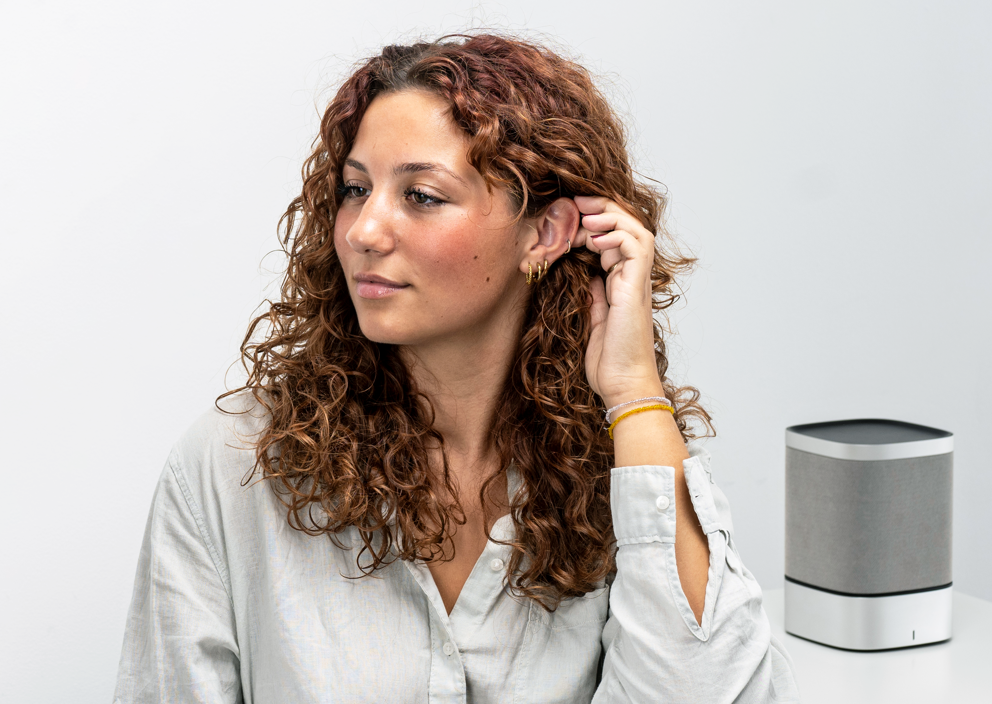
Cutting-edge diagnostic tools, including advanced imaging techniques and genetic testing, contribute to accurate and precise diagnosis, enabling personalized treatment plans. These advanced tests, however, come secondary to the hearing test. A comprehensive diagnostic assessment of hearing should be conducted to fully understand a patient’s experience with cookie-bite hearing loss. This may include masking, tympanometry, otoscopy, acoustic reflex testing, speech audiometry, and speech in noise testing.
While MFSNHL is most often caused by a genetic component, it can also be caused by a retrocochlear pathology like an acoustic neuroma or vestibular schwannoma. Thus, advanced techniques like complete acoustic reflex testing, including acoustic reflex decay, or the Short Increment Sensitivity Index (SISI) test are valuable in determining this hearing loss’ etiology.
Treatment Modalities for Cookie Bite Hearing Loss
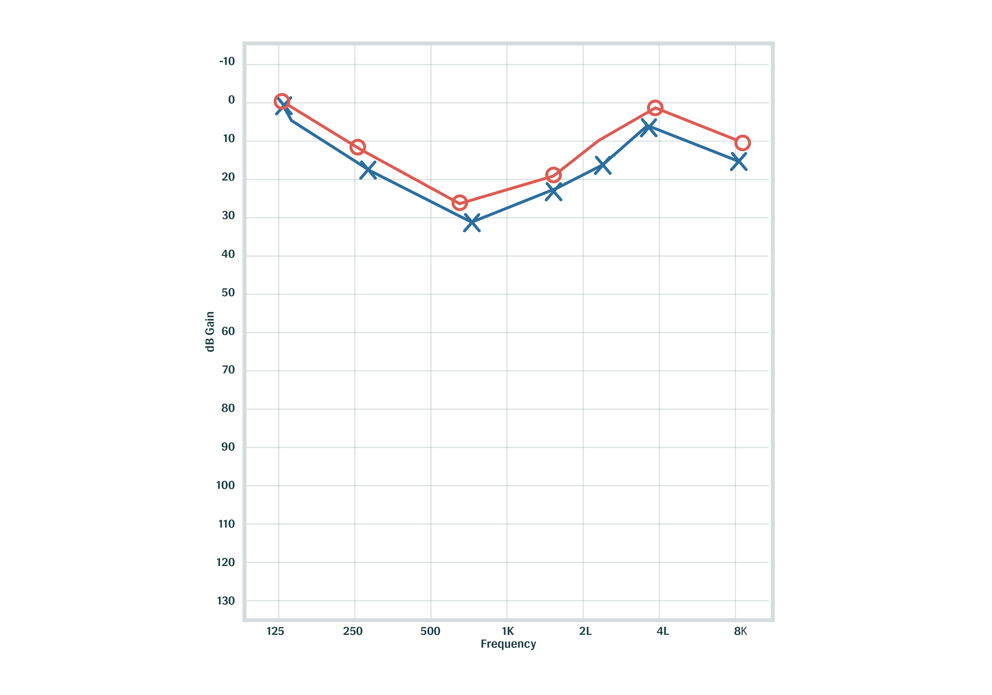
The most common configuration of hearing loss is a sloping type – with high frequencies affected more than low frequencies. As a result, most hearing aid technologies are developed to amplify this configuration best. Fitting a cookie-bite hearing loss can be difficult, especially in terms of venting and physical fit. For example, with a more significant cookie-bite loss, you may need to occlude the ear to provide the appropriate amount of gain in the mid-frequencies. When this is done, however, the individual may experience an occlusion effect, or discomfort and over amplification of low frequency sounds as their hearing is better in this range.
The evolving landscape of hearing aid technologies offers tailored solutions for cookie-bite hearing loss. From digital signal processing to directional microphones, the options are diverse. Personalized fitting and programming of hearing aids are crucial for maximizing client success. Custom solutions address the specific needs and nuances of individuals with cookie bite hearing loss. For these clients, a customized fit with Real Ear Measurement (REM) is crucial. REM allows a clinician to quantify fit and make sure a client receives the appropriate amount of amplification in the mid-frequencies but is not over-amplified in the low and high frequencies.
Supporting clients through the adjustment phase is integral, especially for those with MFSNHL who may need additional follow-up appointments to reach satisfaction with their new devices. Counseling and guidance foster a positive transition to life with hearing aids, enhancing overall satisfaction. Additionally, incorporating rehabilitation techniques like communication strategies and comprehensive patient education ensures clients are equipped with the skills and knowledge to navigate daily challenges effectively.
Mastering the complexities of cookie-bite hearing loss requires a multifaceted approach. By combining in-depth analysis, accurate diagnosis, advanced treatment modalities, client support, and preventive measures, hearing healthcare professionals can empower their clients to overcome the challenges associated with this unique hearing loss profile.
Other Blogs You Might Enjoy:

What Do Your Hearing Aid Users Need?
If someone suspects they have hearing loss, they should see an audiologist for a hearing screening to determine whether they need hearing aids. But then what happens? This blog explains how to give your patients what they need for success with their hearing aids, such as setting proper expectations, providing care and maintenance tips for the devices, offering valuable tips before they buy, and providing ongoing aftercare.
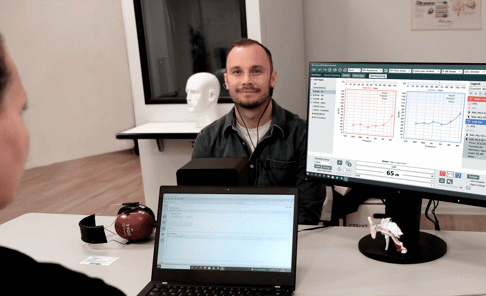
Are Real Ear Measurements Necessary?
Real Ear Measurements (REM) – also called Probe Microphone Measurements (PMM) – are considered the gold standard in hearing aid fitting and verification, allowing audiologists to determine whether a hearing aid user is receiving the precise level of amplification needed at every frequency to maximize their hearing. This blog explains how REM can improve customers’ hearing, as well as drive better business outcomes and serve as a key differentiator for hearing clinics.

Common Audiometry and Hearing Loss Myths
Hearing loss is a prevalent condition that can significantly impact an individual's quality of life, yet misconceptions surrounding audiometry tests and hearing loss persist. This article aims to debunk common myths, providing clarity on the audiometric process and the nature of hearing impairment. By dispelling these misconceptions, we can foster a more informed and understanding approach to hearing health.
Don't Miss Out On the Latest Insights On Audiology
Sign up today to receive exciting updates, tips, and the latest newsletters from Auditdata.
Resources:
⭐️ Auditdata Measure - Hearing Assessment
⭐️ What is a Real Ear Measurement (REM)
⭐️ What is Speech-In-Noise (SIN)?
⭐️ What is Masking in Audiology?
⭐️ Otoscopy
⭐️ Short Increment Sensitivity Index (SISI)
⭐️ Distinguishing Cochlear from Retrocochlear Pathologies: A Review of Test Options
⭐️ Characteristics of Mid-Frequency Sensorineural Hearing Loss Progression
⭐️ What Is Cookie Bite Hearing Loss?




